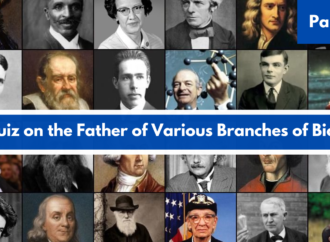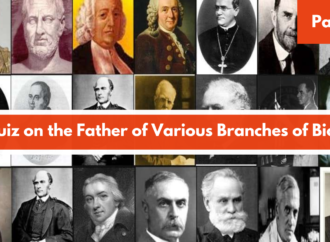Teacher’s day & night
READ BEFORE YOU PROCEED: D2G wears no responsibility of the views published here by the respective Author. This Editorial is used here for Study Purpose. Students are advised to learn the word-meaning, The Art of Writing Skills and understand the crux of this Editorial.

Meanings are given in BOLD
The pandemic has forced schooling to move online, but the burden ( a load, typically a heavy one ) of digital inequality has fallen on the great majority of children who do not have access to smartphones, let alone laptops, or the internet. But is there no alternative to virtual classrooms? Several creative teacher-led initiatives on the ground, reported in this newspaper, demonstrate that it is not just desirable ( wished for as being an attractive, useful, or necessary course of action ) but also possible for governments and communities to design solutions that take the last child along.
In Karnataka, for instance ( an example or single occurrence of something), the vatara shaale model of community schooling — using open community spaces like temples, courtyards and prayer halls to teach children in small groups, with social distancing norms in place — began when a group of government school teachers sought ( attempt to find (something)) to create a pandemic classroom that was inclusive. Like in many other states, only about 30 per cent of children in the state have digital access.
Spliced ( join or connect (a rope or ropes) by interweaving the strands at the ends ) for other factors like caste and gender, it throws up a grim ( unattractive or forbidding ) picture — as well as the possibility that children, especially in the more impoverished ( deprived of strength or vitality ) parts, would be sucked into wage ( carry on (a war or campaign)) labour or child marriage. Similarly, in Sikkim, a maths teacher’s concern for the students of her village led her to visit them at their home for short lessons that ensure they do not fall off the learning grid.
The local administration of a village in Bastar, Chhattisgarh, has allowed teachers to broadcast English lessons through loudspeakers. Both the Sikkim and Karnataka state governments have responded by absorbing elements of these innovations in new learning programmes devised ( plan or invent (a complex procedure, system, or mechanism) by careful thought ) to adapt to the COVID-19 challenge.
Few they might be, but these examples are a glimmer ( a faint sign of a feeling or quality, especially a desirable one ) of hope in an education system that stifles ( make (someone) unable to breathe properly; suffocate ) creativity in both teachers and students. They also show up the generalisation of the commitment-less, undertrained government school teacher as a lazy stereotype. The fact is that schools and teachers exist in a continuum with local communities, and are more responsive to their needs than they are given credit for.
Many teachers used the disruption ( disturbance or problems which interrupt an event, activity, or process ) of the pandemic to come up with solutions that adapted to their environments and local needs — and placed the concerns of children who might be left behind at the centre, without being told to by government circulars. Some used the unavailability of textbooks and blackboards to set aside the pressure of rote learning for a more inclusive pedagogy ( the method and practice of teaching, especially as an academic subject or theoretical concept).
The crisis of the pandemic must be used, therefore, not to ram through the chimera ( a thing which is hoped for but is illusory or impossible to achieve ) of futuristic tech-savvy education. It must be used to empower the public school teacher with genuine autonomy and support, like Karnataka and Sikkim have shown.

















